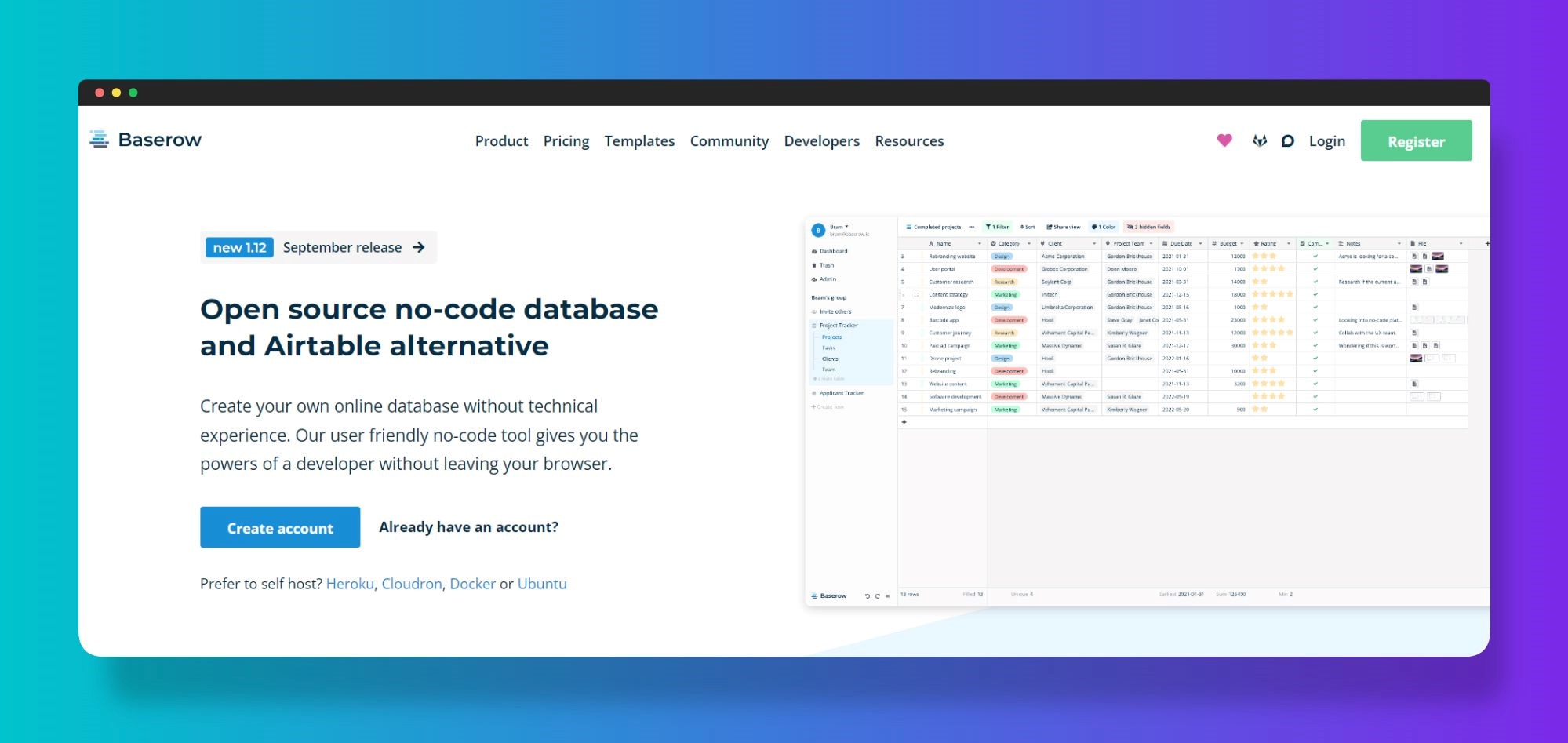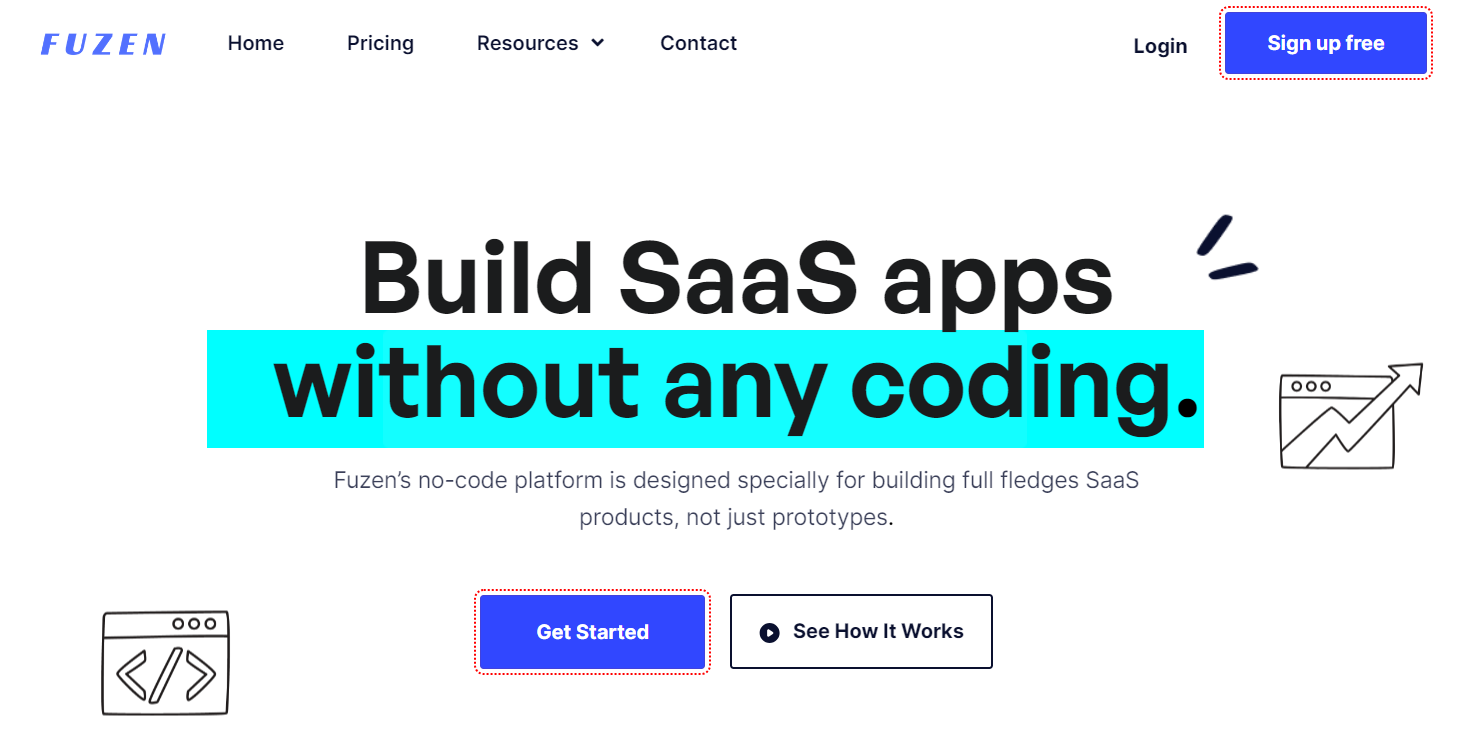Produce Open System Databases Easily with the very best No-Code Devices Available
Produce Open System Databases Easily with the very best No-Code Devices Available
Blog Article
Discovering the Advantages of Scalable Data Sources That Need No Coding Skills for Effective Information Administration Solutions
The emergence of scalable databases that get rid of the need for coding abilities offers a transformative chance for organizations looking for efficient information monitoring services. By enabling non-technical individuals to harness the power of information via user-friendly user interfaces, these systems improve access and foster collaboration across diverse groups. Their cost-effectiveness and versatility to evolving business demands can significantly streamline operational procedures. As we think about the effects of such advancements, it becomes critical to take a look at exactly how they can improve the landscape of data monitoring and drive sustainable growth in an affordable atmosphere.
Boosted Accessibility for Individuals
Boosted ease of access for users is a critical facet of scalable databases, making certain that data monitoring systems are intuitive and user-friendly. In an age where data-driven choices are vital, ease of access allows a wider series of customers, consisting of those without extensive technical knowledge, to engage with data source systems properly. This democratization of data access promotes enhanced cooperation across divisions, empowering staff members to extract insights and make educated choices.
User-friendly user interfaces, such as aesthetic data and drag-and-drop features representation, streamline complicated data interactions. These enhancements minimize the learning contour associated with conventional data source monitoring, making it possible for individuals to concentrate on leveraging data as opposed to facing technical complexities. Scalable databases typically incorporate customizable dashboards and real-time analytics, giving individuals with instant insights tailored to their specific demands.

Cost-Effectiveness and Resource Savings
Reliable data monitoring not only rests on ease of access however also on cost-effectiveness and source savings. Scalable data sources designed for individuals without any coding skills significantly reduce monetary problems typically linked with typical data source management systems. By removing the demand for specialized programs know-how, organizations can designate their resources much more efficiently, focusing funds on core organization activities rather than comprehensive training or hiring skilled employees.
Furthermore, these databases typically use cloud-based remedies, which further reduce costs connected to hardware and upkeep. Organizations can scale their database options according to their demands, avoiding the expenditures sustained from over-provisioning sources. This flexibility suggests businesses can adapt to altering demands without sustaining unneeded expenses, causing substantial long-lasting financial savings.
Furthermore, straightforward user interfaces simplify data entry and monitoring procedures, reducing the time invested in management jobs. This effectiveness translates right into labor expense savings, allowing groups to concentrate on critical campaigns instead of routine upkeep. Overall, taking on scalable data sources that require no coding abilities fosters an extra economical method to information monitoring, enabling organizations to optimize their resources while maintaining high degrees of functional effectiveness.
Improved Cooperation Across Teams

Furthermore, scalable databases help with smooth communication amongst team participants. With straightforward user interfaces that require no coding wikipedia reference skills, workers can quickly develop, modify, and share records or dashboards customized to their certain demands. This democratization of data encourages non-technical individuals to contribute understandings, improving the collaborative atmosphere.
Additionally, these databases sustain simultaneous gain access to, allowing multiple individuals to work on the same dataset concurrently. This attribute enhances efficiency, as groups can engage in joint information analysis without the danger of version control issues. The capability to leave comments or notes straight within the database even more advertises dialogue and makes clear data analyses.
Streamlined Data Management Processes
In today's data-driven environment, organizations identify the necessity of structured information administration processes to make the most of performance and precision. By leveraging scalable databases that require no coding abilities, companies can streamline their data handling and reduce the intricacies generally connected with typical database systems. This access encourages non-technical users to engage straight with data, promoting quicker decision-making and reducing dependence on specialized IT workers.
Structured data monitoring procedures boost workflow by automating regular tasks such as information access, validation, and reporting. Automated data integration ensures that information from various sources is accumulated flawlessly, getting rid of silos and promoting a linked view of important organization metrics (no-code). Straightforward interfaces permit personnel to control information conveniently, allowing them to create understandings that drive calculated efforts without the need for considerable training.
This effectiveness not just speeds up functional procedures however also decreases the capacity for human error, guaranteeing that data stays trustworthy and exact. Ultimately, streamlined data monitoring processes via scalable data sources cause improved efficiency, permitting organizations to concentrate on core tasks while making certain that their data management methods are reliable and efficient.
Scalability for Expanding Organizations

For increasing business, the capability to scale up or down is vital. A scalable data source can handle an increase of data created from new clients, products, or services, making sure that business procedures remain nonstop. Moreover, these databases give the capacity to take care of peak loads effectively, which is crucial during periods of fast development or seasonal spikes.
Furthermore, lots of scalable database options are made with user-friendly user interfaces that require no coding skills, equipping non-technical team to take care of data efficiently (no-code). This democratization of data management allows companies to allocate resources tactically read here and reduce dependence on specialized IT workers
Inevitably, embracing a scalable database not only boosts operational effectiveness however likewise cultivates an atmosphere where businesses can progress and innovate without the restrictions of conventional data source systems. This adaptability placements companies for long-term success in today's affordable landscape.
Verdict
In verdict, scalable data sources that call for no coding skills supply substantial benefits for efficient information monitoring. By streamlining data management procedures and providing scalability for growing services, such remedies make it possible for organizations to adapt to changing demands properly.
Enhanced ease of access for users is a vital facet of scalable databases, making sure that data monitoring systems are instinctive and easy to use.Easy to use interfaces, such as drag-and-drop features and visual data representation, simplify complicated data interactions. On the whole, adopting scalable data sources that require no coding abilities cultivates a much more affordable strategy to information administration, making it possible for companies to optimize their sources while maintaining high degrees of functional performance.
By leveraging scalable databases that need no coding skills, businesses try this can streamline their information handling and reduce the complexities generally associated with traditional data source systems - no-code.Structured information administration processes boost process by automating routine tasks such as information access, validation, and reporting
Report this page